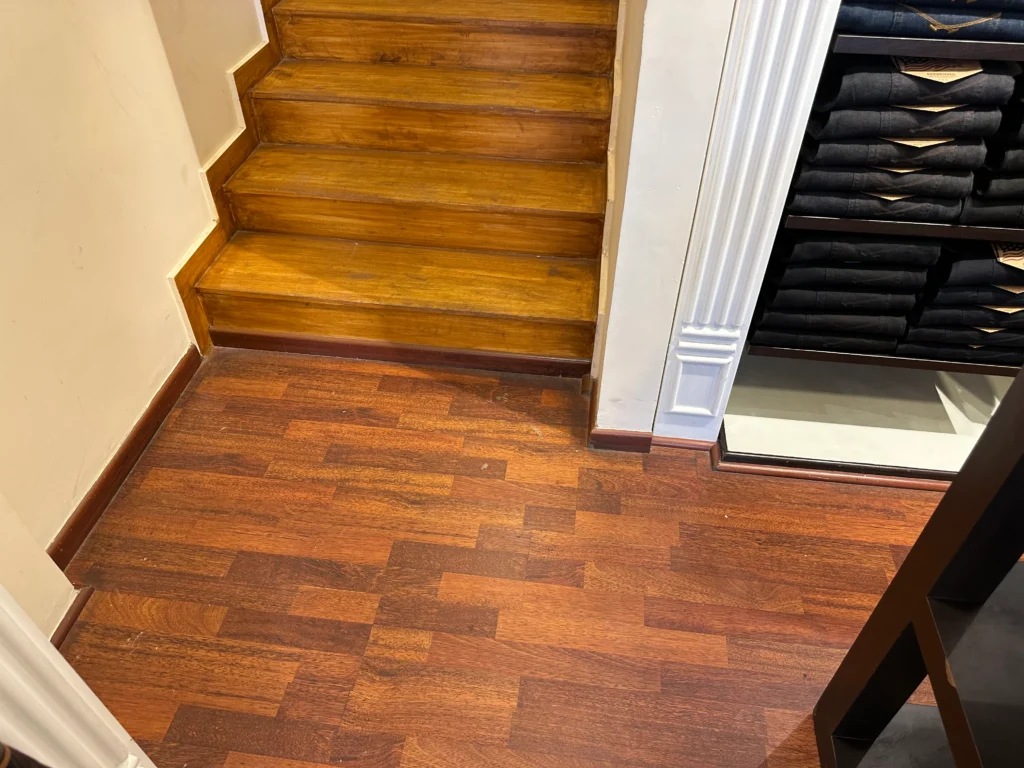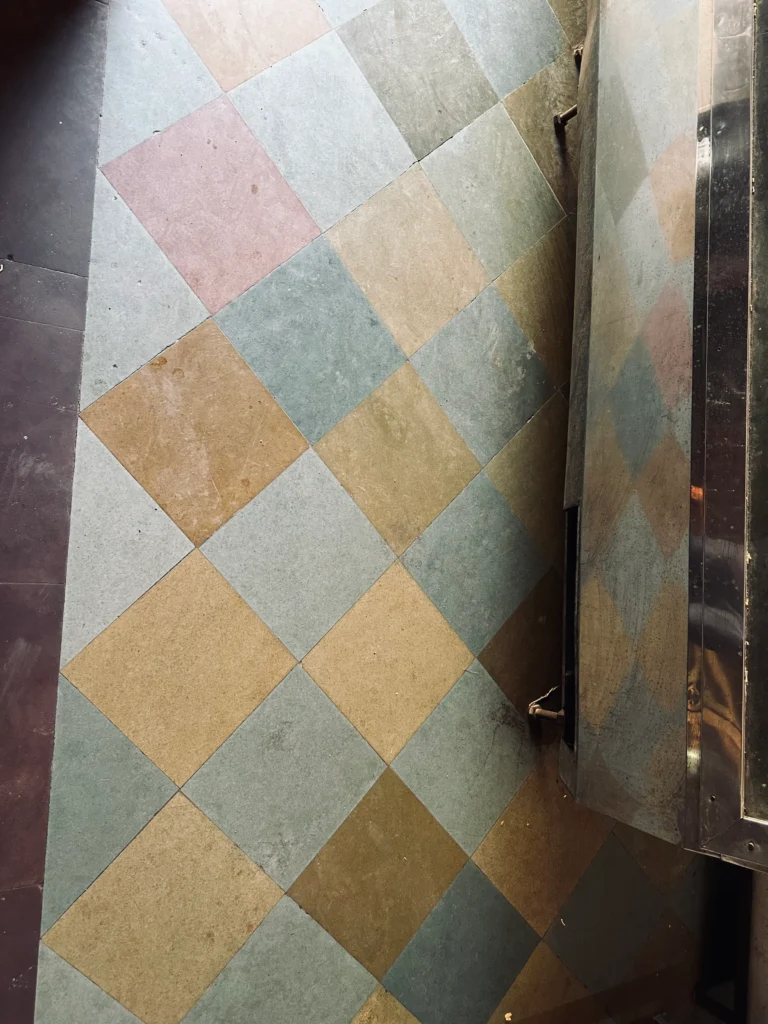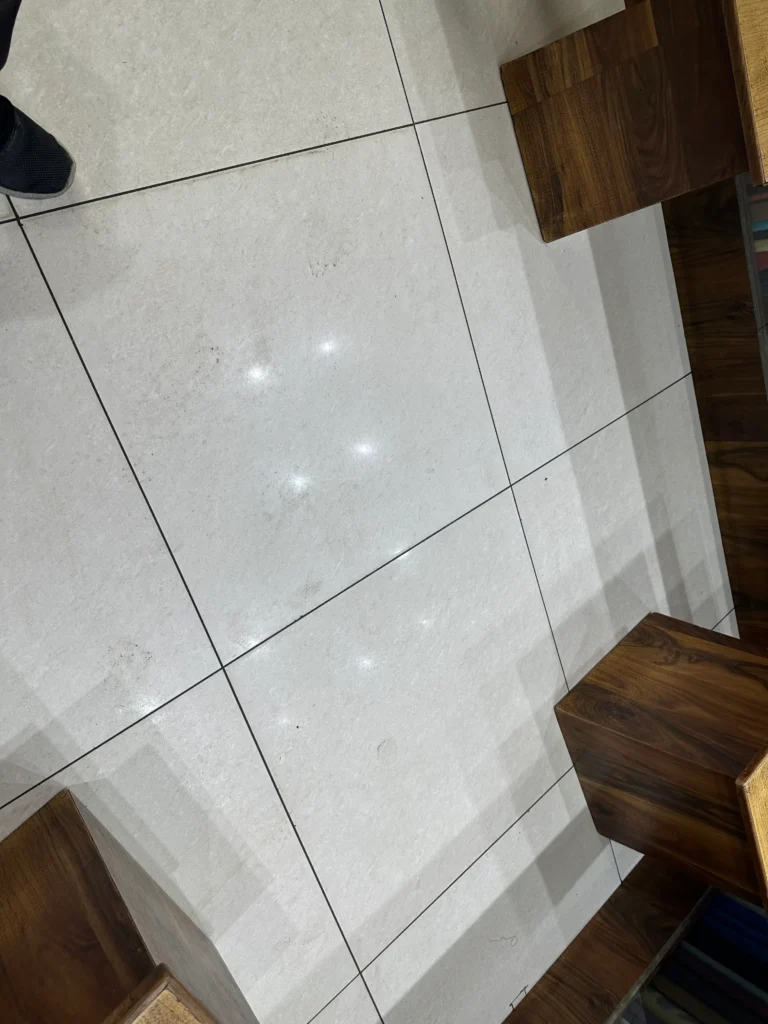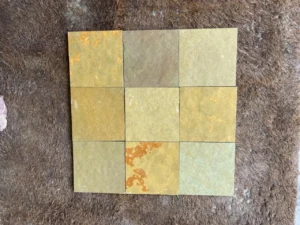Which Stone is Best for Flooring in India?
India, with its diverse geography and rich history, boasts a myriad of stones suitable for flooring. This abundance makes choosing the right stone for flooring a challenging task. When selecting the best stone, one must consider various factors such as the region’s climate, the purpose of the room, aesthetics, budget, and maintenance requirements. Let’s dive into the most popular stones for flooring in India and what makes each of them unique.
1. Marble
Originating from: Rajasthan, Gujarat
Key features:
- Soft, elegant and timeless appeal.
- Available in various colors, from pristine white to deep green.
- Requires regular maintenance due to its porous nature.
- Can be slippery when wet; thus, anti-slip treatments can be considered.
Best for: Living rooms, bedrooms, and hallways.
2. Granite
Originating from: Tamil Nadu, Andhra Pradesh, Karnataka
Key features:
- Hard and durable stone.
- Less porous than marble, making it resistant to stains.
- Available in various colors and patterns.
- Generally, more affordable than marble.
Best for: Kitchens, bathrooms, and high-traffic areas.
3. Slate
Originating from: Mainly Himachal Pradesh
Key features:
- Natural, rugged appearance.
- Has a non-slip surface which is great for outdoor areas.
- Available in darker shades.
- Resistant to moisture and stains.
Best for: Patios, outdoor pathways, and bathrooms.
4. Kota Stone
Originating from: Kota, Rajasthan
Key features:
- Hard, non-porous, and a non-slip stone.
- Popular for its greenish-blue color.
- Easy maintenance and high durability.
- Economically priced.
Best for: Staircases, driveways, and commercial spaces.
5. Sandstone
Originating from: Rajasthan
Key features:
- Gives a classic and rustic look.
- Available in various colors.
- Weather-resistant; often used in exterior applications.
- Porous in nature; sealing is recommended.
Best for: Outdoor areas like gardens, patios, and pool decks.
6. Limestone
Originating from: Andhra Pradesh, Gujarat
Key features:
- Neutral colored stone with a natural look.
- Can be used both indoors and outdoors.
- It’s softer compared to granite or marble.
- Needs to be sealed to avoid stains.
Best for: Living rooms, hallways, and courtyards.
Conclusion
India offers a vast range of stones suitable for various applications. When choosing the best stone for flooring, always consider the local climate, the intended use of the room, and maintenance requirements. While the aforementioned stones are among the most popular choices, personal preference and the specific needs of the space will always play a pivotal role in the final decision.
Which stone is best for flooring in india for home

India, with its rich and diverse geological makeup, is home to numerous varieties of stones, each carrying its own unique charm, texture, and properties. This variety has lent itself to the construction and decoration of homes for centuries. One of the most crucial decisions while building or renovating a home is choosing the right flooring. Stone flooring, in particular, is a preferred choice for many, given its longevity, aesthetic appeal, and the cool touch it brings to the interiors. So, which stone is best suited for flooring in Indian homes? Let’s delve into the popular choices:
Marble: The Luxurious Choice
- Pros: Known for its beauty and elegance, marble has been used in Indian palaces and homes for ages. It’s cool to the touch and offers a rich look.
- Cons: It can get stained easily and is susceptible to acid attacks (think spilled lemon juice). Also, it requires regular polishing to maintain its shine.
- Ideal for: Living rooms, bedrooms, and hallways.
Granite: The Durable Powerhouse
- Pros: Extremely durable and scratch-resistant, granite is ideal for areas with heavy footfall. It’s available in a myriad of colors and patterns.
- Cons: It can be a bit cold during winters, and its polished surface can be slippery when wet.
- Ideal for: Kitchens, staircases, and outdoor areas.
Slate: The Rustic Touch
- Pros: With its natural, earthy look, slate is skid-resistant and durable.
- Cons: It can chip or peel over time if not sealed properly. It also requires periodic maintenance.
- Ideal for: Patios, walkways, and exterior applications.
Sandstone: The Traditional Pick
- Pros: It’s a classic choice for many traditional Indian homes, especially because of its warm colors and textured surface.
- Cons: It’s porous, making it susceptible to stains. Sealing is a must.
- Ideal for: Courtyards, outdoor spaces, and living areas.
Kota Stone: The Functional Workhorse
- Pros: Popular for its affordability and non-slippery nature. It’s also hard-wearing and retains its appearance over time.
- Cons: Limited to a few color choices, primarily greens and blues.
- Ideal for: Driveways, garages, and high-traffic indoor areas.
Limestone: The Neutral All-rounder
- Pros: Limestone offers a neutral palette, and its muted tones can complement various interior designs.
- Cons: It’s softer than granite or marble, so can be prone to scratches or dents.
- Ideal for: Bathrooms, kitchens, and living areas.
Factors to Consider When Choosing Stone Flooring:
- Climate: In warmer climates, stones like marble or granite can offer a cool underfoot. In cooler climates, consider the insulative properties of the stone.
- Maintenance: Some stones require frequent sealing or polishing. Think about the maintenance level you’re comfortable with.
- Budget: Prices vary widely among stones. While marble might be on the pricier side, kota stone or slate might be more budget-friendly.
- Aesthetics: Choose a stone that complements the overall decor and ambiance of your home.
Conclusion: Choosing the right stone for flooring in India requires a balance between functionality, aesthetics, and maintenance. While the above list provides a broad overview, personal preferences, as well as the specific conditions of each home, play a significant role in the final decision. Always consult with an architect or interior designer to make an informed choice that suits your unique needs.
Which stone is best for flooring in india for living room
The living room is often the centerpiece of any home, a place where families gather, entertain guests, and relax. In India, where temperatures can soar, the choice of flooring material for the living room is crucial not just for aesthetic appeal but also for comfort. Stone flooring is a popular choice because of its natural beauty, durability, and ability to remain cool. But which stone suits a living room best? Let’s explore:
Marble: The Epitome of Elegance
- Pros: With its luxurious appearance and varied patterns, marble instantly elevates the ambiance of a living room. It remains cool, making it a favorite in hot climates.
- Cons: Susceptible to staining and scratching. Requires periodic polishing.
- Best for: Those looking for an opulent feel and are willing to invest in maintenance.
Granite: The Glossy Marvel
- Pros: Its high-gloss finish and diverse color options can add a touch of sophistication to the living area. Extremely durable and resistant to wear and tear.
- Cons: Can be slippery when wet, and the shine may not appeal to everyone.
- Best for: Homes with high footfall, where durability is a priority.
Limestone: Subtle Sophistication
- Pros: Offers a softer, earthy look with its neutral tones, blending seamlessly with various interior decors.
- Cons: Being a softer stone, it can be prone to scratches and might require sealing to prevent stains.
- Best for: Those aiming for a minimalist or contemporary aesthetic.
Travertine: The Timeless Beauty
- Pros: This form of limestone brings a unique, ageless charm with its pitted holes and troughs. It’s also comfortable underfoot.
- Cons: Requires sealing to prevent staining and to maintain its appearance.
- Best for: Homes aiming for a rustic or Mediterranean vibe.
Slate: The Modern Muse
- Pros: With its fine grain and rich palette of colors, slate can give a modern twist to living spaces. It’s durable and slip-resistant.
- Cons: Its layered structure can lead to chipping if not properly maintained.
- Best for: Modern interiors where a unique color and texture are desired.
Key Considerations for Living Room Flooring:
- Ambiance: The living room is a reflection of personal taste. Choose a stone that aligns with the room’s vibe, be it classic, modern, or rustic.
- Maintenance: Given that the living room sees a lot of activity, consider how much maintenance you’re willing to commit to.
- Budget: While some stones like marble can be expensive, others like slate or travertine might offer a more budget-friendly option without compromising on aesthetics.
- Climate: In hotter regions, a stone that stays cool like marble would be ideal. In cooler regions, consider layering with rugs or carpets for added warmth.
Conclusion: The choice of stone for the living room in an Indian home is crucial, blending both form and function. Each stone brings its unique charm, durability, and maintenance level. By considering the room’s usage, the desired aesthetic, the local climate, and the budget, homeowners can make an informed choice that enhances the beauty and comfort of their living space.
Which stone is best for flooring in india with price list
India’s rich geological diversity offers a plethora of choices when it comes to stone flooring. These stones, apart from their aesthetic appeal, are often chosen for their durability, heat resistance, and longevity. However, the cost can play a significant role in the decision-making process. Here’s a comprehensive overview of the popular flooring stones in India, along with an approximate price list to help you make an informed choice:
(Note: Prices mentioned are approximate as of 2022 and can vary based on region, quality, and specific variety.)
Marble
- Features: Known for its luxurious appearance; stays cool in summer; comes in a variety of colors and patterns.
- Approximate Price: ₹250 to ₹2,500 per sq. ft. (depending on the variety and quality)
Granite
- Features: Highly durable, scratch-resistant, and available in numerous colors; often used in areas with high footfall.
- Approximate Price: ₹150 to ₹650 per sq. ft.
Slate
- Features: Earthy appearance, skid-resistant, and available in various colors; ideal for both interiors and exteriors.
- Approximate Price: ₹75 to ₹300 per sq. ft.
Sandstone
- Features: Popular for its warm, rustic appeal; available mainly in shades of yellow, beige, and red.
- Approximate Price: ₹60 to ₹200 per sq. ft.
Kota Stone
- Features: Non-slippery, hard-wearing, and retains appearance over time; primarily available in greens and blues.
- Approximate Price: ₹40 to ₹120 per sq. ft.
Limestone
- Features: Offers a neutral palette; commonly used in bathrooms and outdoor spaces.
- Approximate Price: ₹50 to ₹200 per sq. ft.
Travertine
- Features: A variant of limestone, known for its unique appearance with pitted holes; gives a Mediterranean vibe.
- Approximate Price: ₹250 to ₹1,000 per sq. ft.
Factors Influencing the Price:
- Source and Origin: Stones imported from other countries or regions might be costlier due to transportation and import duties.
- Quality and Grade: Higher-grade stones, which are more pure and less flawed, are priced higher.
- Finish: Polished, honed, or brushed finishes can affect the final price.
- Installation Costs: This includes labor, adhesive, sealant, and other materials required for laying the stone.
Final Thoughts: When choosing stone flooring in India, it’s essential to strike a balance between cost, aesthetics, and functionality. While the price list provided offers a ballpark figure, it’s crucial to get quotes from multiple suppliers to ensure you get the best value for your money. Furthermore, always consider the long-term maintenance costs and the stone’s longevity to ensure it remains a worthy investment for years to come.



